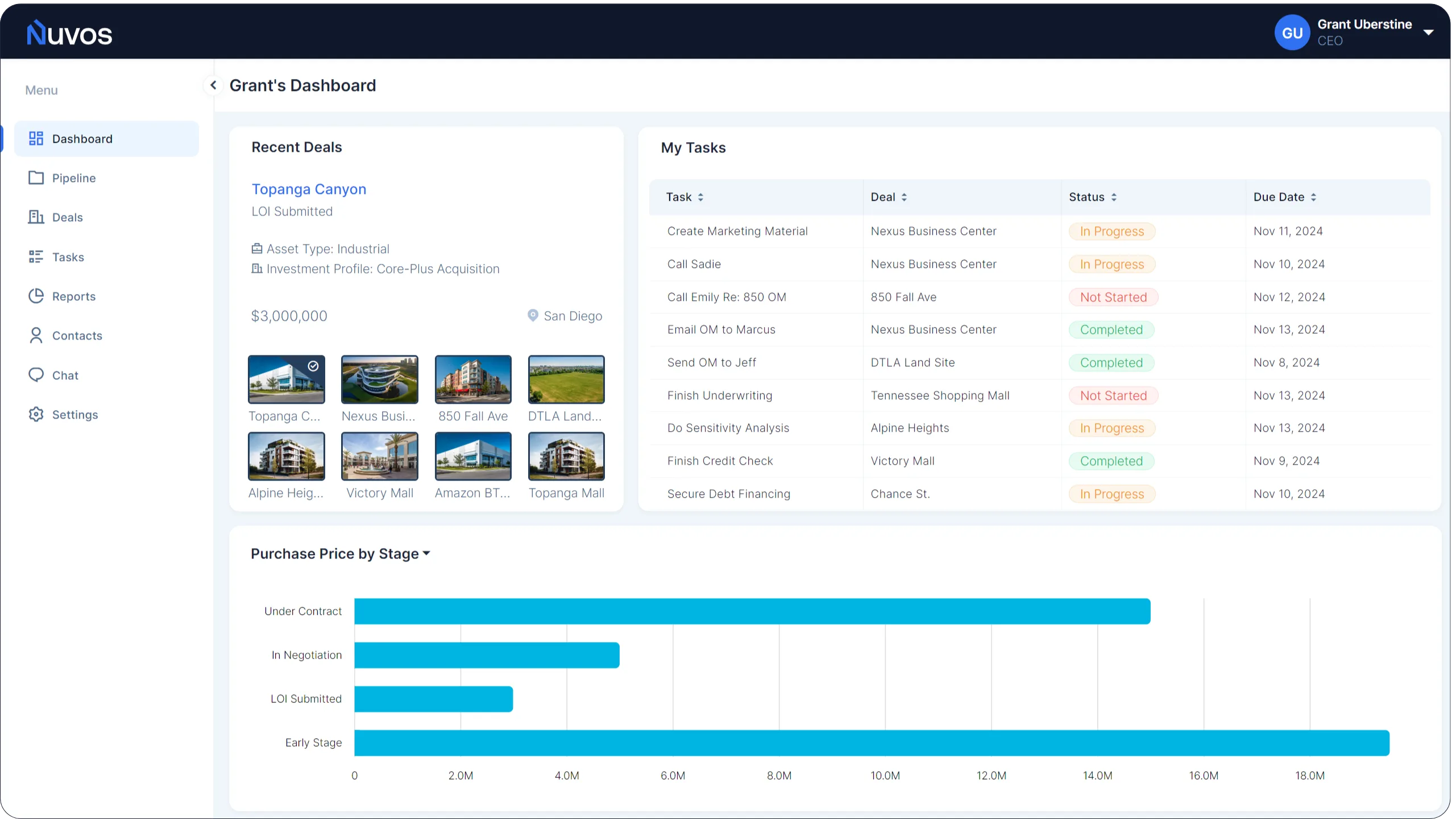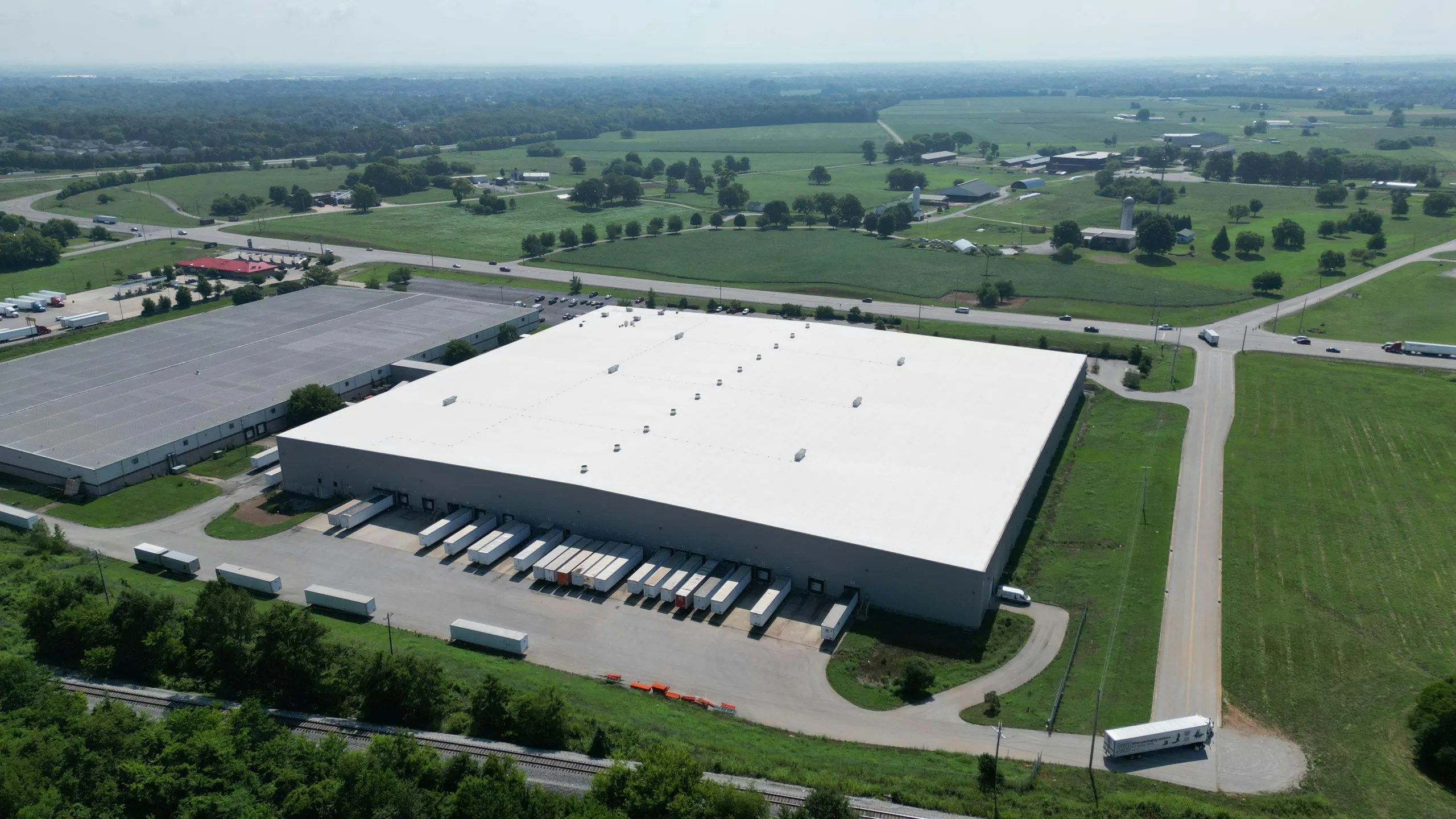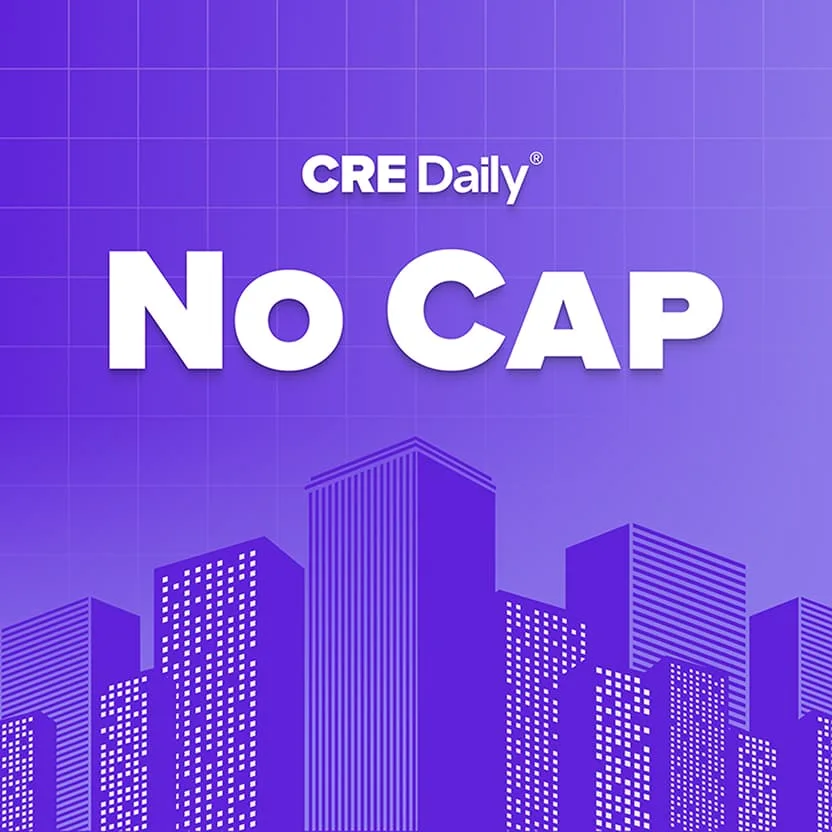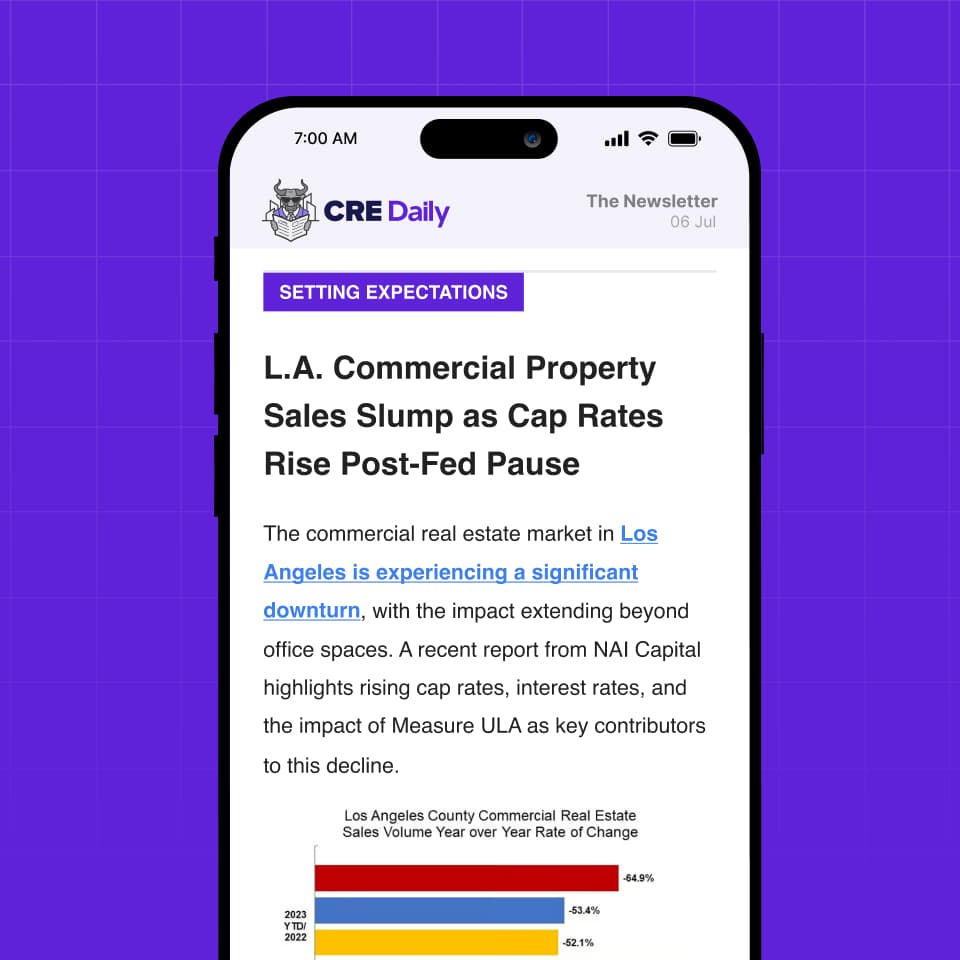- Net absorption hit 480,000 units in 2024, nearly double the prior year and well above long-term averages.
- Absorption outpaced job growth, with one unit absorbed for every five jobs created, versus the typical eight-to-one ratio.
- Homeownership barriers—including high mortgage rates and pricing—continue to push renters to multifamily, sustaining demand.
Surging Demand in 2024
Per Northmarq’s 2025 national sector outlook, multifamily operators saw a major uptick in renter demand last year, with absorption reaching nearly 480,000 units—far outpacing expectations and nearly doubling 2023 totals, as reported by Globe St.
The increase in demand was widespread across major US metros and helped balance out a wave of new apartment deliveries.
Chasing Housing Demand
Absorption typically mirrors employment gains, with one unit absorbed for every eight jobs created. But in 2024, the ratio narrowed to one unit for every five jobs, suggesting that operators successfully attracted a disproportionate share of new households.
A big factor? More renters staying put as rising homeownership costs kept first-time buyers on the sidelines.
Get Smarter about what matters in CRE
Stay ahead of trends in commercial real estate with CRE Daily – the free newsletter delivering everything you need to start your day in just 5-minutes
Affordability Headwinds Persist
According to the National Association of Realtors, first-time buyers made up the smallest share of home purchases in over four decades.
High mortgage rates and home prices are expected to remain obstacles in 2025, further delaying the shift from renting to owning.
2025 Outlook
While one scenario sees economic and housing trends holding steady enough to match 2024’s high absorption, Northmarq forecasts a more modest 300,000 units absorbed in 2025.
Still, that would mark the third straight year above the long-term average of 200,000 units—signaling sustained demand in the face of ownership barriers.
Why It Matters
Even with a projected slowdown, multifamily demand remains historically strong. Developers and investors may continue to find opportunities, especially in markets where affordability constraints keep homeownership out of reach.















